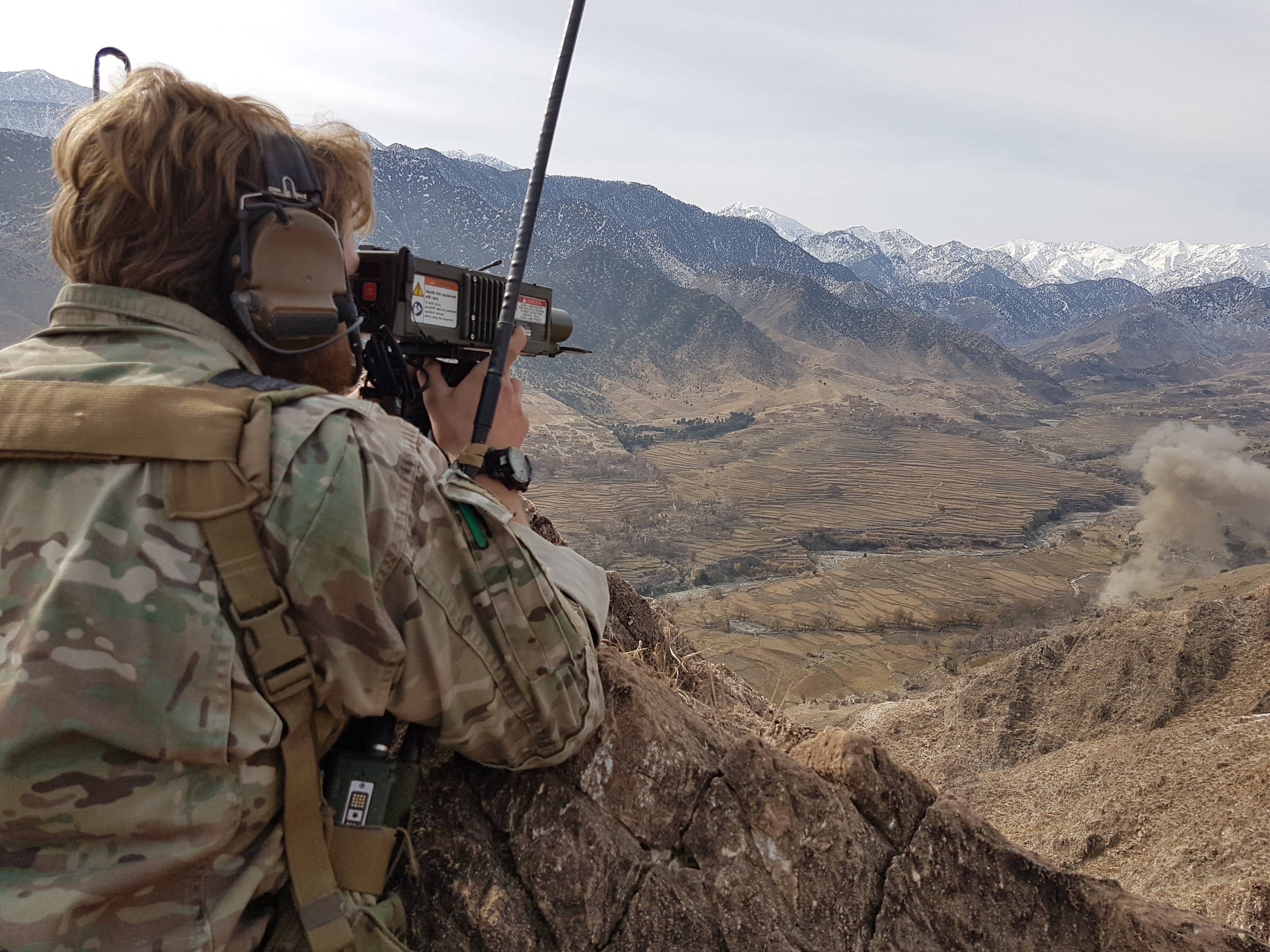The Air Force now has its first female airman who is in the training pipeline to become a combat controller.
In an email, 1st. Lt. Jeremy Huggins of the Air Force’s Special Warfare Training Wing at Joint Base San Antonio-Randolph in Texas said the enlisted combat control candidate began the eight-week special warfare preparatory course on Oct. 14. If she graduates, she will move on to the assessment and selection course, Huggins said.
A previous female candidate intended to enter the special warfare training pipeline earlier this year to become a combat controller, Huggins said. But she was reclassified into a different career field shortly before she was to begin the special warfare prep course, he said, and she never entered the training wing’s pipeline.
There is also another female airman who is seeking to become a pararescueman, Huggins said, but she is not currently in training. Huggins said common reasons for someone not being in training include a medical hold, an administrative hold or waiting for a training class to begin, but said he could not say which was the reason in this case. She is the second woman to attempt to enter pararescue.
“There is no specific timeline as to when we’ll see our first woman serving as a special warfare airman in one of the seven combat-related career fields opened for women in 2016,” Huggins said. “From start to finish, it may take up to two years for a woman to join an operational unit because of the Air Force’s natural timeline to recruit, access, select and train. The training pipeline for these highly skilled and highly trained specialties are quite lengthy for all special warfare airmen.”
These airmen are now the 10th and 11th enlisted women to attempt special warfare training. But none so far have made it through.
Seven of those candidates sought to become tactical air control party airmen. The last female TACP candidate — who was the ninth enlisted candidate overall — entered the special warfare prep course March 18.
RELATED

Another enlisted woman — the eighth candidate overall — earlier this year became the first to try to become a special operations weather airman and completed the special warfare prep course, Air Education and Training Command said in March.
But both of those recent candidates are no longer part of the special warfare training pipeline, Huggins said, and have been reclassified into other Air Force positions.
Combat controllers are highly trained special warfare airmen, as well as certified FAA air traffic controllers, who deploy with units into combat. They can establish assault zones or airfields, while simultaneously conducting air traffic control and command and control, calling in airstrikes, and other operations under fire.
Special warfare encompasses seven career fields: combat rescue officer, combat control, special tactics officer, pararescue, special operations weather, TACP and air liaison officer. They can operate on their own, or as part of an Air Force, joint, interagency or coalition force, to carry out their combatant commander’s mission, sometimes operating under austere conditions for extended periods.
As a result, special warfare training programs are designed to simulate the austere combat conditions they could find in the field, and the programs are physically, psychologically and emotionally demanding, AETC said. The training courses progressively ramp up pressure on candidates to test how well they can adapt and push beyond their endurance limits.
"There is no getting around the fact that meeting the stringent standards to become a special warfare airman is tough for any person, regardless of gender,” AETC spokeswoman Marilyn Holliday said in March. “The physical, mental, psychological and motivational requirements … are incredibly challenging. Only a small percentage of those airmen interested in these career fields will be able to meet all of the requirements.”
This story has been updated to reflect that a previous airman sought to be a combat control candidate, but did not enter the training pipeline.
Stephen Losey is the air warfare reporter for Defense News. He previously covered leadership and personnel issues at Air Force Times, and the Pentagon, special operations and air warfare at Military.com. He has traveled to the Middle East to cover U.S. Air Force operations.





